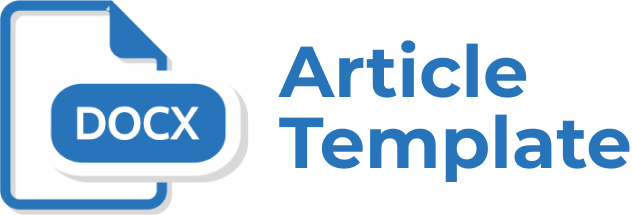Digital Learning In South East Asia : The Role Of Seamolec
Abstract
Digital Learning provides unlimited opportunity to people. Now, more than 43 percent of world population are online. The internet creates the global interconnected knowledge. As a consequence, education is entering revolution. We are educating students for an unknown future. Reffering to Richard Rile ― in a knowledge-based world, we need to prepare students for jobs that haven‘t been created, using technologies that haven‘t been invented in order to solve problems that may not even yet exist‖.
In 21st century, the paradigm changes from teaching to learning. Learning is unique for everyone, because each person has different background, learning styles, and pace of
learning . The role of technology in education can support the individuals‘ needs.
Technology is a vehicle to support learning.
A comparative analysis of ICT integration and e-readiness in school across Asia was conducted by UNESCO and UNESCO Institute for Statistic in 2014. Several data shown from this study, such as ;
- In 2012, computer ratio in Lower Secondary Schools in Cambodia 1 :>500,Philippines 1 : 49, Malaysia 1:12, Thailand 1:12, Indonesia (Primary and
Secondary) 1 : 136, Singapore (Primary and Secondary) 1:4.
- Computers have been used as assisted instruction in Secondary Schools in Singapore (100%), Thailand (97%), Philippines (8%), Indonesia (7%)
- Percentage of schools with internet assisted instruction are as follow : Singapore and Brunei Darussalam, primary and secondary schools (100%), Thailand, Primary and Secondary Schools (97%), Malaysia (>95%). Indonesia‘s internet access (70% of Primary and Secondary Schools have internet access).
Full Text:
PDFReferences
Andrew D. L. Scown, Stamford International University Thailand (Material presented at ASEAN-China University President Forum, Sanya-Hainan, 1 November 2016)
David Gibson University of Vermont, USA Youngkyun Baek Korea National University of Education, Republic of Korea, 2009, Digital Simulations for Improving Education: Learning Through Artificial Teaching Environments, IGI Global.
Demetrios G. Sampson, Dirk Ifenthaler, J. Michael Spector, Pedro Isaías (Editors), 2014, Digital Systems for Open Access to Formal and Informal Learning, Springer, Switzerland
Gordon Dryden and Jeannette Vos, 2008, The Learning Revolution, http://www.thelearningweb.net/page011.html
Michael Thomas, 2011, Digital Education, Palgrave, MacMillan
Oon-Seng Tan (Edited), Enhancing Thinking Through Problem Based Learning Approach, 2004, Cengage Learning, Singapore.
Robet Fogel, Education Technology for Indonesia (Presented at International Seminar, Kemdikbud, Senayan, 2016).
UNESCO and UNESCO Institute for Statistic, INFORMATION AND COMMUNICATION TECHNOLOGY (ICT) IN EDUCATION IN ASIA A comparative analysis of ICT integration and e-readiness in schools across Asia, Canada, 2014.
Refbacks
- There are currently no refbacks.


